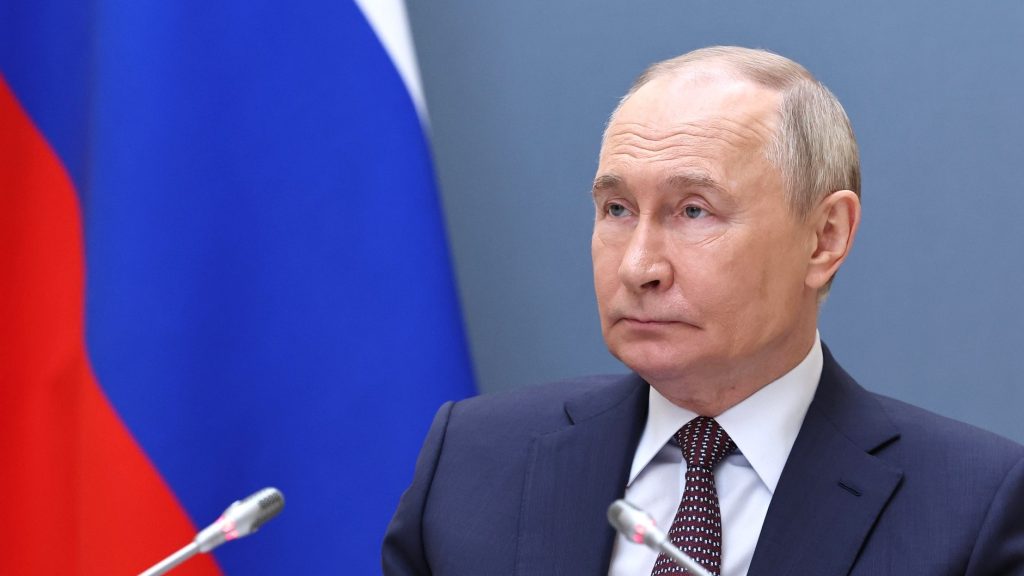The Knyaz Pozharsky was built under a 2012 contract for four Borei-A class submarines.
Others are reading now
On July 24, the K-555 Knyaz Pozharsky, a nuclear-powered ballistic missile submarine, officially entered service with the Russian Navy.
The commissioning ceremony at the Sevmash shipyard in Severodvinsk was attended by President Vladimir Putin and Admiral Alexander Moiseyev, underscoring the sub’s strategic importance.
A Decade in the Making

The Knyaz Pozharsky was built under a 2012 contract for four Borei-A class submarines.
Though construction began in 2016, the vessel faced numerous delays. Its christening, originally scheduled for late 2023, was postponed until February 2024, highlighting the complexity of the project.
Quiet Launch, Strategic Arrival
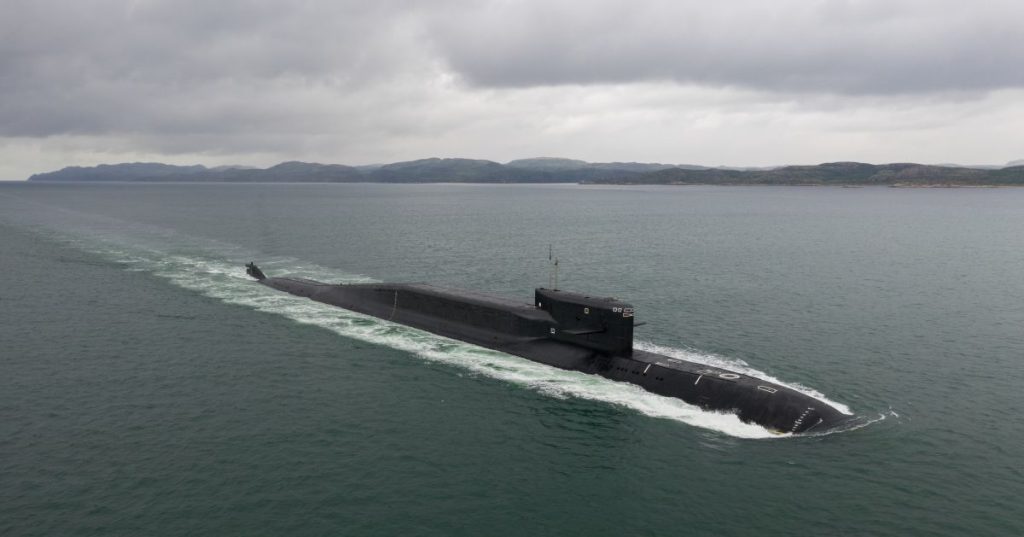
Unlike previous vessels, the Knyaz Pozharsky was launched without public ceremony.
Also read
Following hull assembly, it was floated out on the Project 2121 dock and underwent extensive system checks and shipyard trials before officially joining the 31st Submarine Division of Russia’s Northern Fleet.
Technological Leap Over Predecessors
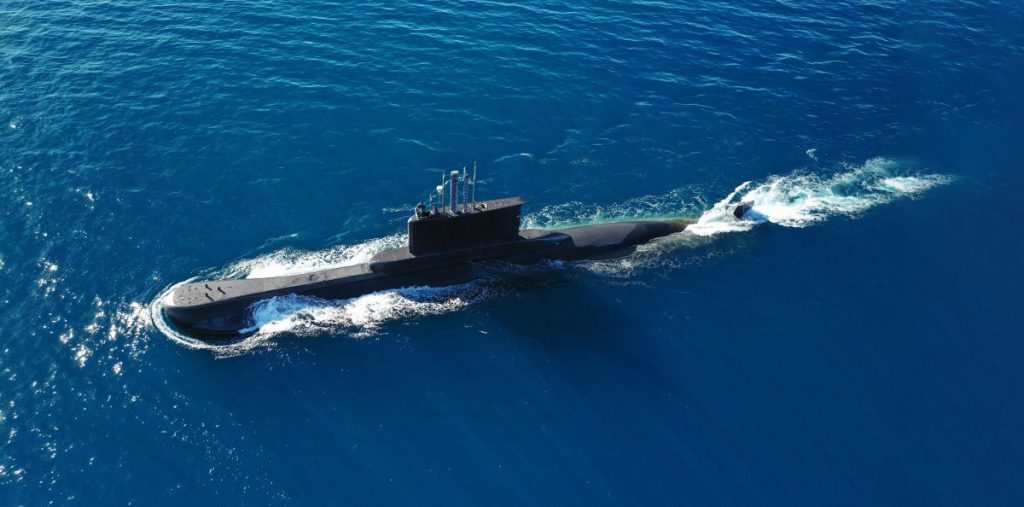
As a modernized version of the original Borei class, the Borei-A offers significant upgrades.
The vessel measures 170 meters in length, has a displacement of 24,000 tons, and is powered by a 190 MW OK-650W nuclear reactor paired with a water-jet propulsor for quieter movement.
Enhanced Stealth and Control
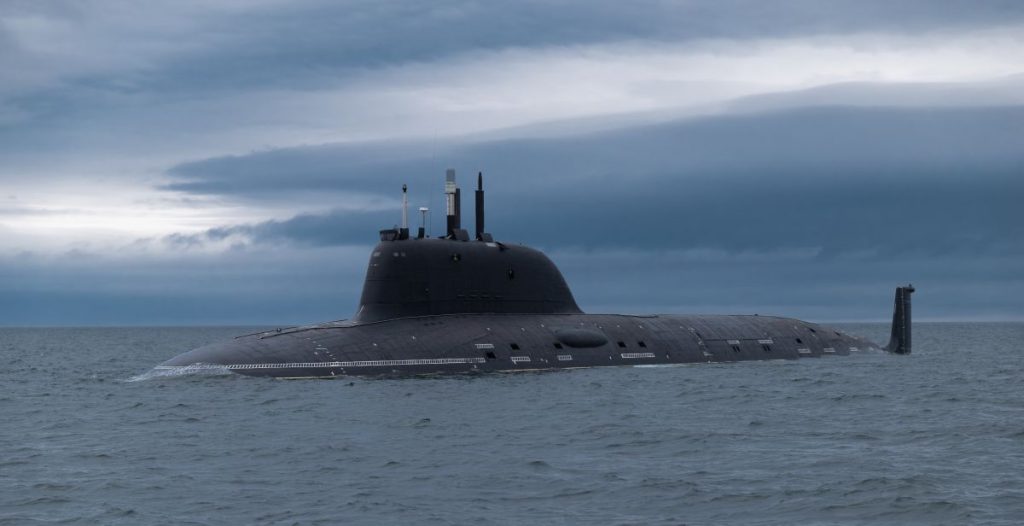
Advanced automation and improved command systems give the Knyaz Pozharsky better maneuverability and situational awareness.
These enhancements aim to make it more resilient and lethal in future underwater combat scenarios, especially under Arctic ice.
Also read
Armed With Bulava Missiles
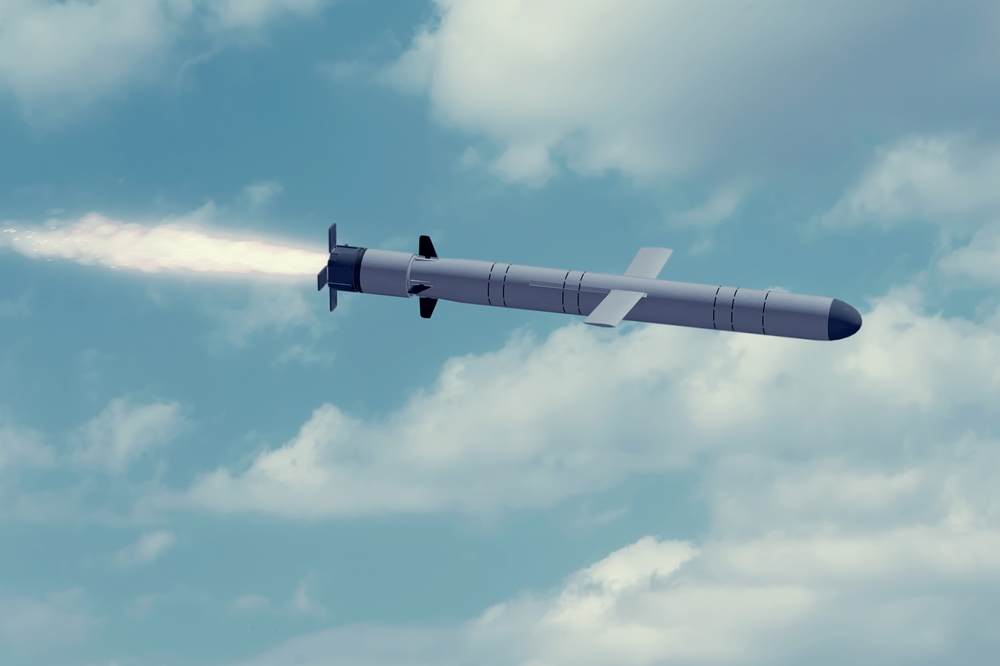
The submarine’s main weapon is the R-30 Bulava missile, a key component of Russia’s naval nuclear deterrent.
With a range of over 8,000 kilometers and the ability to carry MIRV warheads, the Bulava system reinforces the Kremlin’s second-strike capability.
Building a New Nuclear Backbone
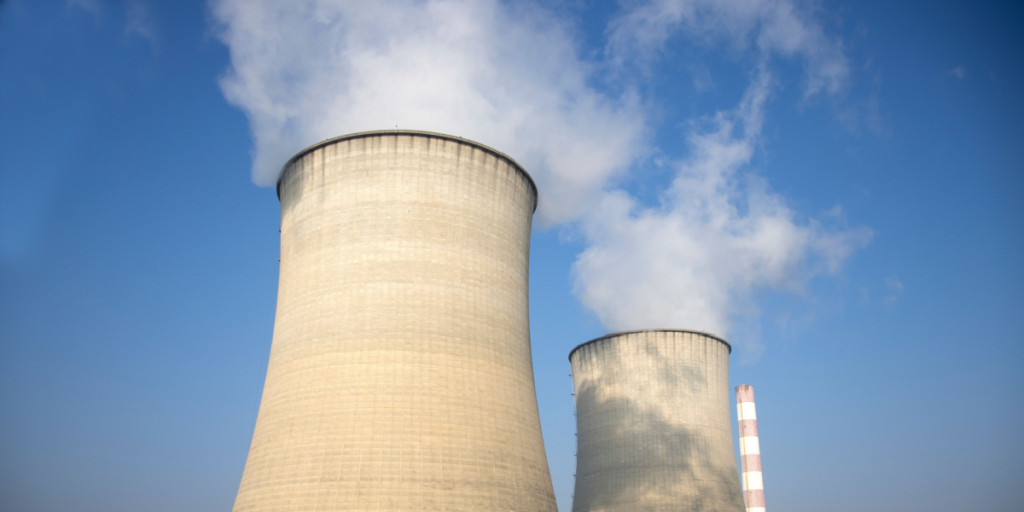
The Knyaz Pozharsky is the fifth Borei-A class sub to enter service, joining Knyaz Vladimir, Knyaz Oleg, Generalissimus Suvorov, and Imperator Aleksandr III.
These are the successors to the original Borei class trio: Yuri Dolgoruky, Aleksandr Nevsky, and Vladimir Monomakh.
A Growing Fleet Still in Production

Two more Borei-A subs—Dmitry Donskoy and Knyaz Potemkin are currently under construction. In total, Russia plans to field 12 fourth-generation nuclear submarines, including nine of the enhanced Borei-A type, aligning with its long-term maritime doctrine.
Also read
Strategic Role in the Arctic and Beyond

The Knyaz Pozharsky will bolster the Northern Fleet’s reach in the Arctic and North Atlantic, regions increasingly seen as arenas of geopolitical competition.
Its under-ice capability ensures year-round patrols even in remote, ice-covered areas.
Eyes on the Future: Four More by 2030
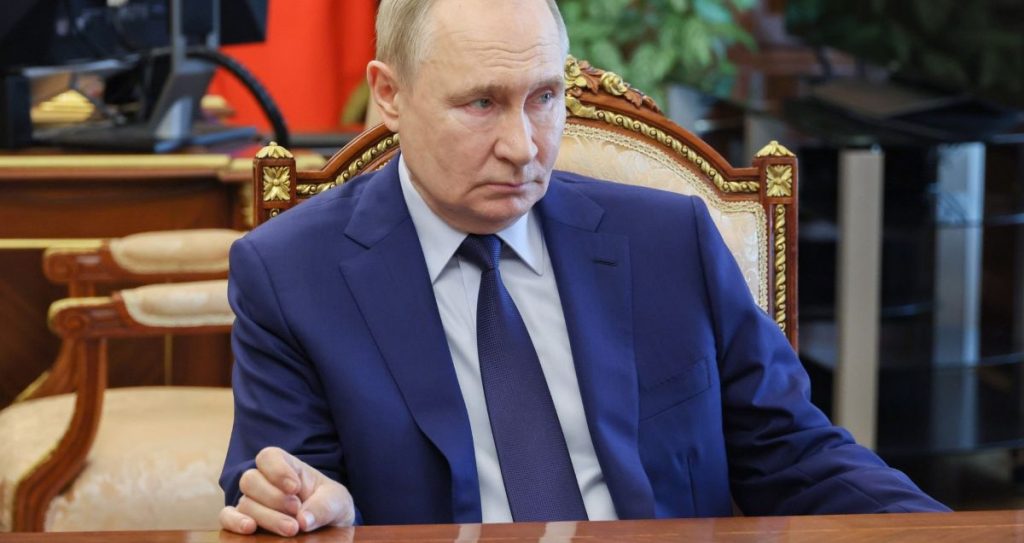
In July, President Putin confirmed that four additional Borei-A submarines will be built by 2030. This ongoing investment is part of a broader naval modernization drive, aimed at securing Russia’s strategic edge well into the mid-21st century.

